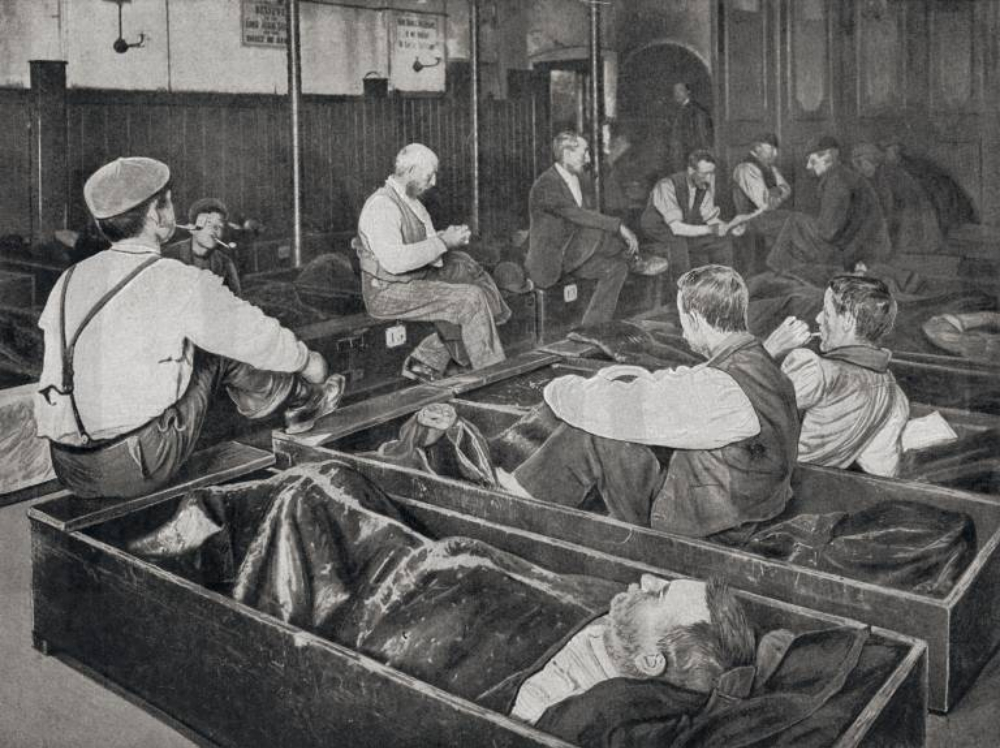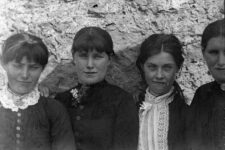
Four Penny Coffins in London, Circa 1900
During the 19th century, the rapid industrial growth and urbanization of England led to significant social changes and challenges. Large numbers of people migrated to urban areas in search of work, leading to overcrowded cities and, for many, a struggle to find adequate housing. The poorest of the urban poor often faced the direst of circumstances, with many ending up homeless.
In response to this crisis, charitable organizations such as the Salvation Army and various workhouses offered what was known as “coffin beds.” These were among the cheapest forms of lodging, costing only four pennies a night. The name “four penny coffin” was derived from the appearance and the conditions of these beds: they were essentially narrow wooden sleeping spaces that resembled coffins. The lodgers would lie in these cramped spaces, which had a lid that could be closed to provide some shelter and isolation from the elements and from each other.
These accommodations were not merely austere; they represented the sheer desperation of those who used them. They provided a rudimentary shelter that was barely a step above sleeping on the streets. The four penny coffins were typically housed in large, dormitory-like rooms, with little to no privacy and minimal comfort. Users of these facilities not only had to contend with the physical discomfort but also with the psychological toll of such degrading circumstances.
The existence of the four penny coffin sheds light on the broader societal issues of the time, particularly the inadequate social welfare systems and the societal indifference to the plight of the destitute. The Victorian era, while often romanticized for its advances in industry, literature, and the arts, was also a period marked by extreme poverty and inequality.









